We have been blessed with lovely weather this year!
What better way to spend my days off , but to spend it outdoors and doing a little bit of crafty experiment.
In the last 2 years , I have been very interested with botanical dyeing.
Finding different plants and finding out what colours they produce.
I have kept a journal solely for this to record my process , and the results I get.
There are also certain things in your kitchen that you can use to dye, if you are unable to get out for any reason.
On one of my days off, I decided to dye some papers for a journal.
I had some old red cabbage and also cooked some beet root for my salad.
The Process
When doing botanical dyeing , make sure that you have separate dedicated pot for cooking your botanicals. It is okay if it’s vegetables , but some plants can be toxic when ingested. So be careful.
The pot doesn’t need to be new , I am using one of my old pots.
To start with , I chopped the red cabbage leaves ( these are the ones that didn’t make the cut for my salad), and put it in the pan.
The dye came out purple , but when you add baking soda , it turned into a lovely teal colour. It is so amazing to see that shift of colour with just an addition of another kitchen staple.
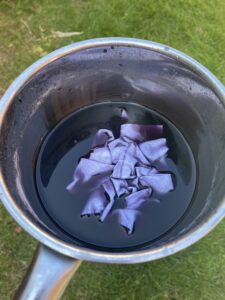
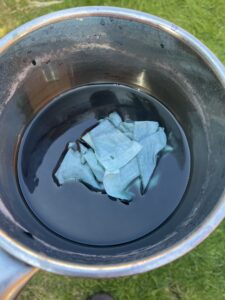
I then added a cup of water or more – this does not matter as you just wanted to extract as much colour as you can. you then simmer the dye down to have a more concentrated solution.
As for the beetroot , I cooked the ones with skin and stalk, When I am finished cooking my beetroot, the peel and talks go back to the pot and simmer for a few minutes.
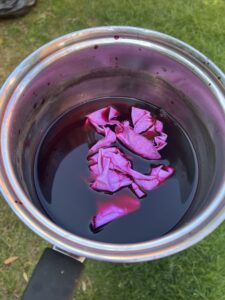
The only thing to remember is that some botanical dye is so light fast – beetroot is one of them.
What does light fast mean? It just means that the colour fades when in contact with the sun.
Once I have my dye liquid, I can then use this to colour my papers ( copy paper would be enough) or some cotton fabric.
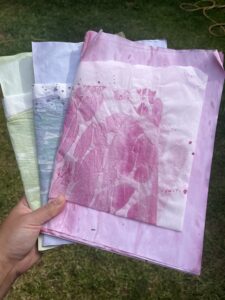
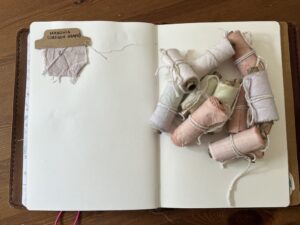
Usually you should mordant your fabrics ( mordanting allows for the fabric fibres to absorb more dye ), but I don’t do this.
When it’s only a kitchen experiment, I am not worried whether my colours will last or not.
There are other things that you probably have that you can dye papers and fabric that is readily available in your kitchen or garden..
- Tumeric – gives a lovely yellow colour
- Avocado – boil the skin and stone and this will give a lovely oink colour
- Rosemary – also gives a lovely earthy pink colour
- Onion skins – gives a golden brown color
Journaling your process
You don’t need a very expensive journal for this, You can even create a junk journal to record your process and results.
I created a journal with watercolour paper and just a plain brown card stock as my cover.
I also created a TN style journal cover to house my 3 journals documenting my crochet .knitting projects , mushroom studies and botanical dyeing.
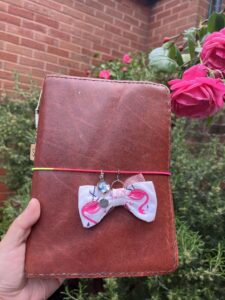
Here is how I journal ..

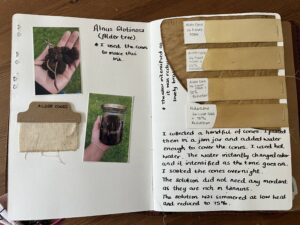
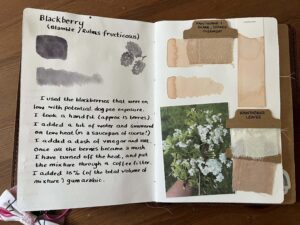
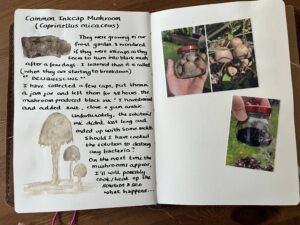
I draw the plant that I used, and make swatches that I attach on to the page.
On another page, I used photographs and also included a swatch of the fabric I dyed.
I write down what I did , what went well ( or not) , and how I can improve things better .
Things that I also include in my journaling are the textures , smells, and changes in colour.
This activity truly brings me joy and enjoy every moment of it ! I even got my mom interested and always curious what colour I am going to end up with.
Right now, I have Madder root growing in y garden , so I can use the roots for its beautiful red dye.
So, why don’t you give this little activity a go. Remember, you can dye your papers and use them in our journals.
what other activities or crafts do you journal ? Perhaps next time, I can share my crochet to mushroom journal with you?
What do you think?
So , that’s it for now.. Im going out again and will be gathering stinging nettle leaves as I hear they give lovely moss/ grey green colour.
Till next time my crafty friends.
Lots of crafty hugs, Sheryll

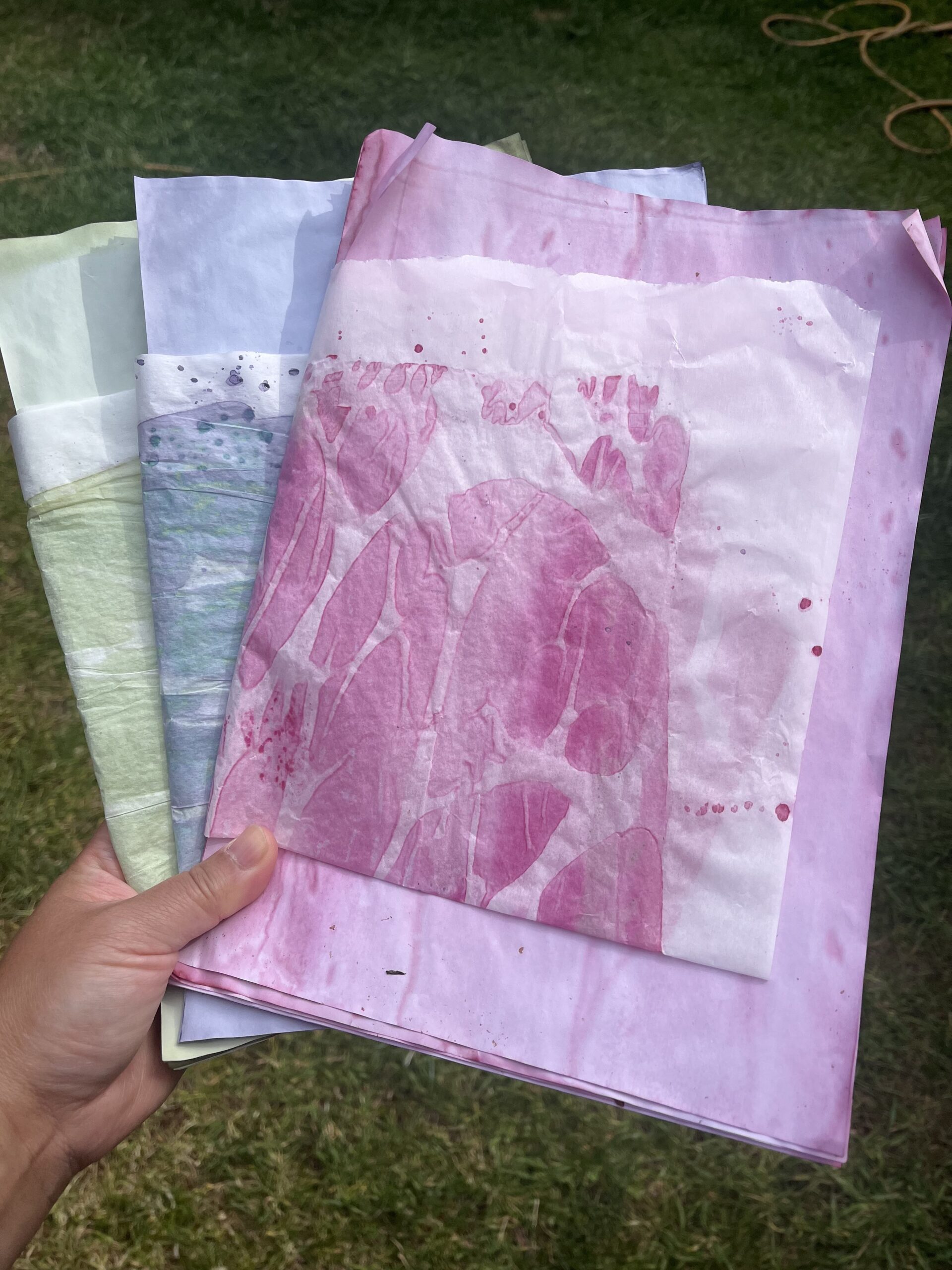


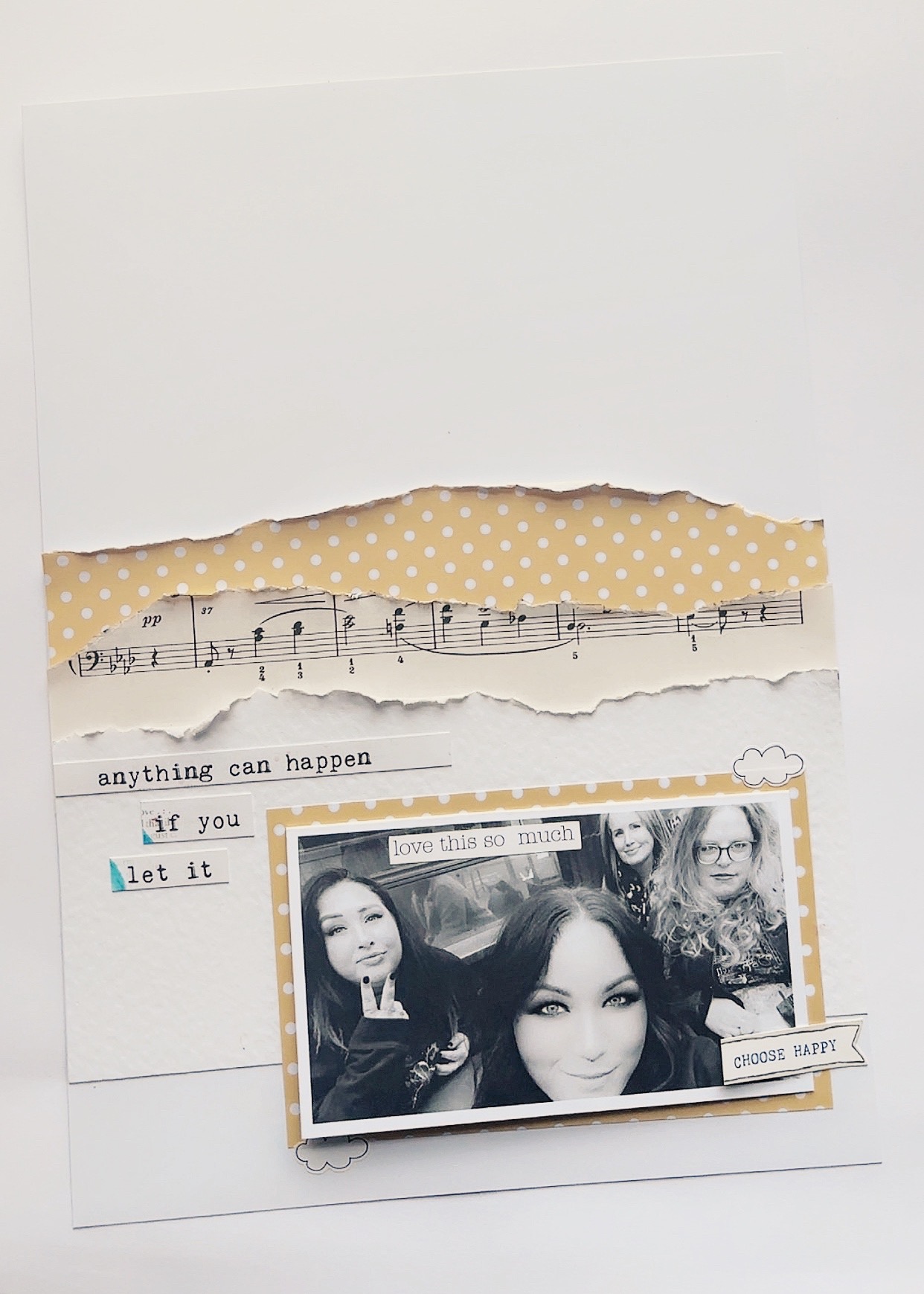

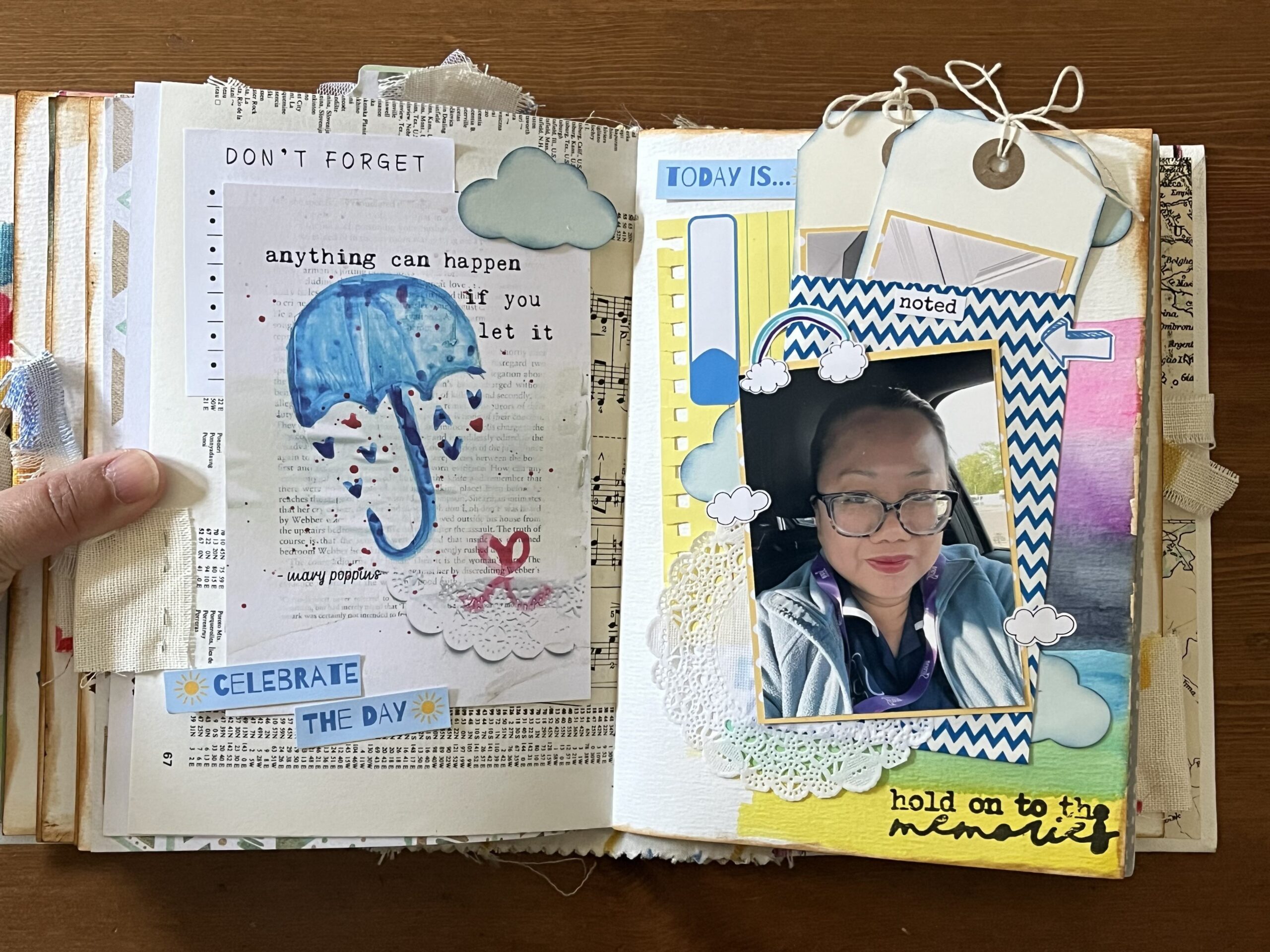
Leave A Comment